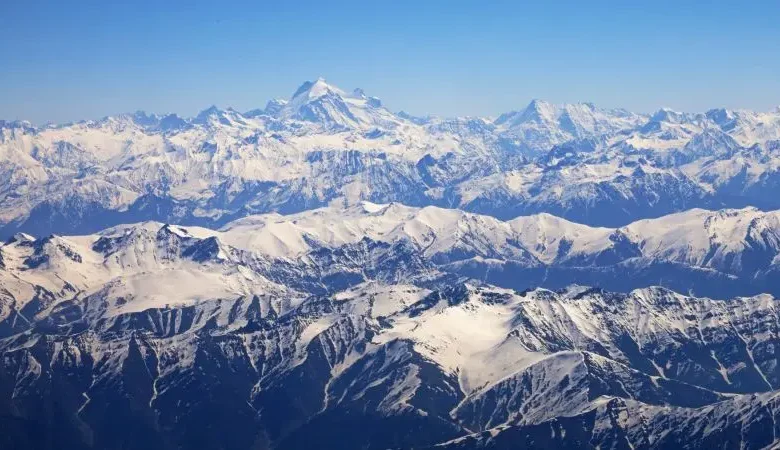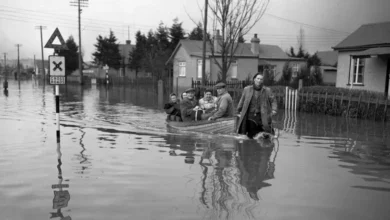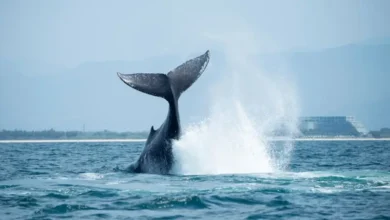Over 75% of glaciers will melt over coming decades

Glaciers in the Himalayas are rapidly disappearing, with a concerning projection of a 75% loss by 2100 due to global warming, according to a recent report.
The Hindukush and Himalayan regions have experienced a significantly faster rate of glacial melt in the past decade compared to previous years. This puts around 240 million people at risk of flooding and water scarcity in the mountainous area.
A team of international scientists, including the International Centre for Integrated Mountain Development (ICIMOD), has identified the accelerated loss of glaciers in the region, which is home to renowned peaks like Everest and K2. The study reveals a 65% faster melting rate in the 2010s compared to the previous decade.
Lead author Philippus Wester, an environmental scientist and ICIMOD member, warns that the glaciers are on track to disappear within a century. The report highlights the consequences of different temperature increases, indicating that a temperature rise of 1.5 degrees Celsius or more could lead to a 30-50% volume loss of glaciers by 2100.
The Eastern Himalayas, including Nepal and Bhutan, face the greatest risk, with a projected loss of 75% of their glaciers under current climate policies as the world approaches a 3-degree Celsius temperature increase. This percentage could rise to 80% if temperatures reach 4 degrees Celsius.
Assessing the impact of climate change on the Hindukush and Himalayas is challenging due to limited historical glacier data. However, recent advancements in satellite technology and field studies have provided better insights into the ongoing changes.
This comprehensive report, based on data until December 2022, underscores the urgent need for immediate action to combat climate change. It emphasizes the vulnerability of Himalayan glaciers and the severe consequences for the millions of people relying on them for water resources.










